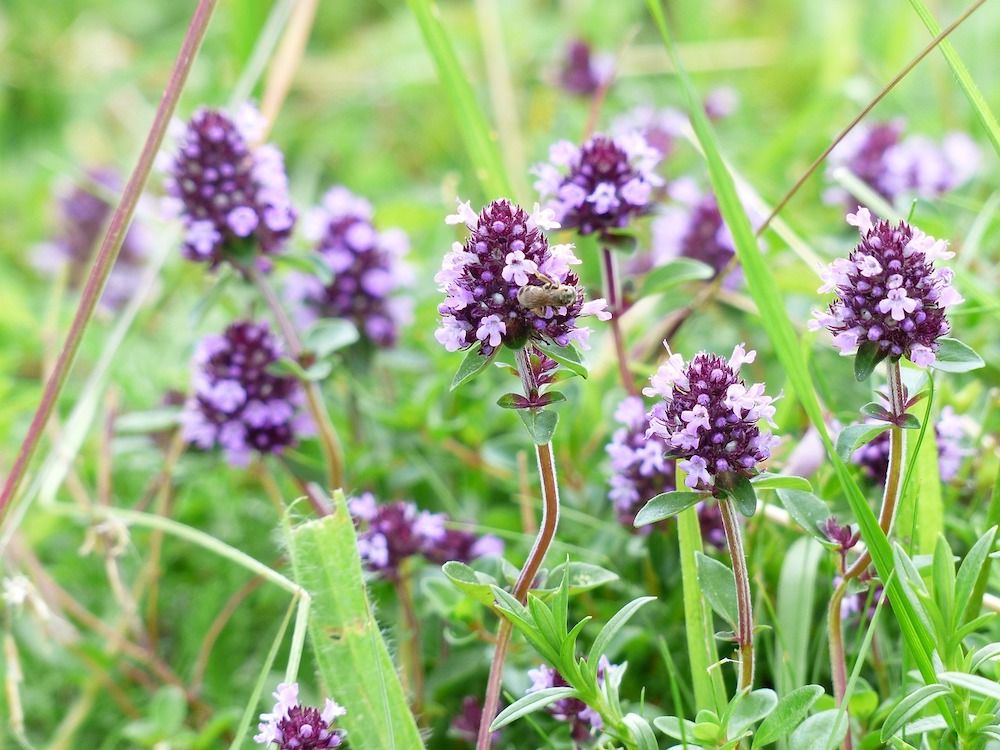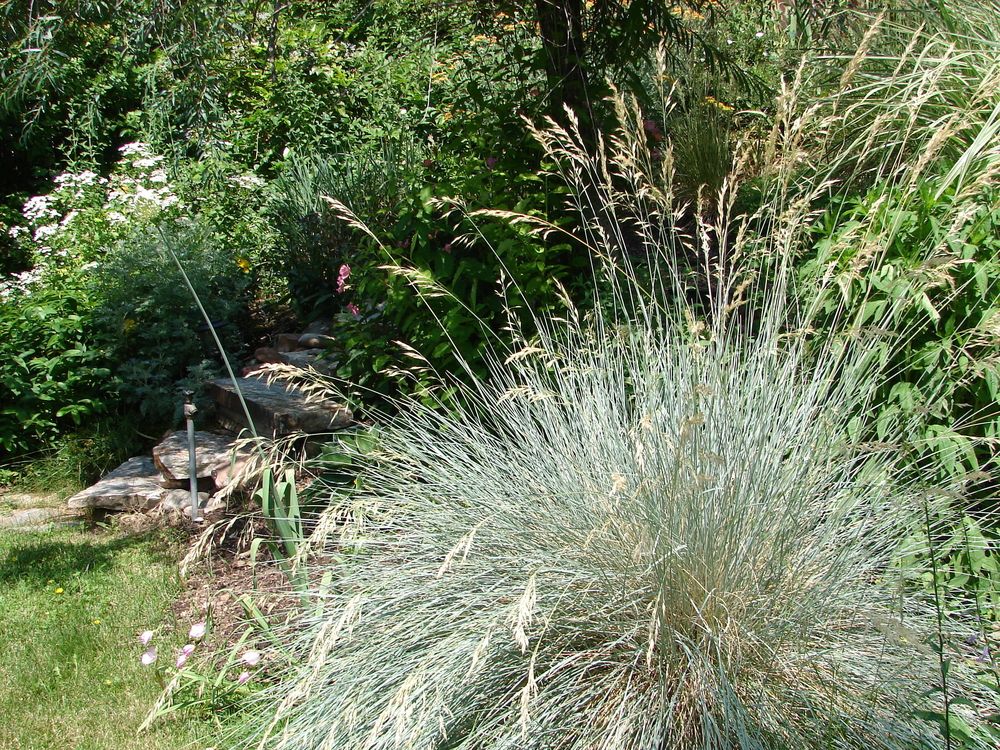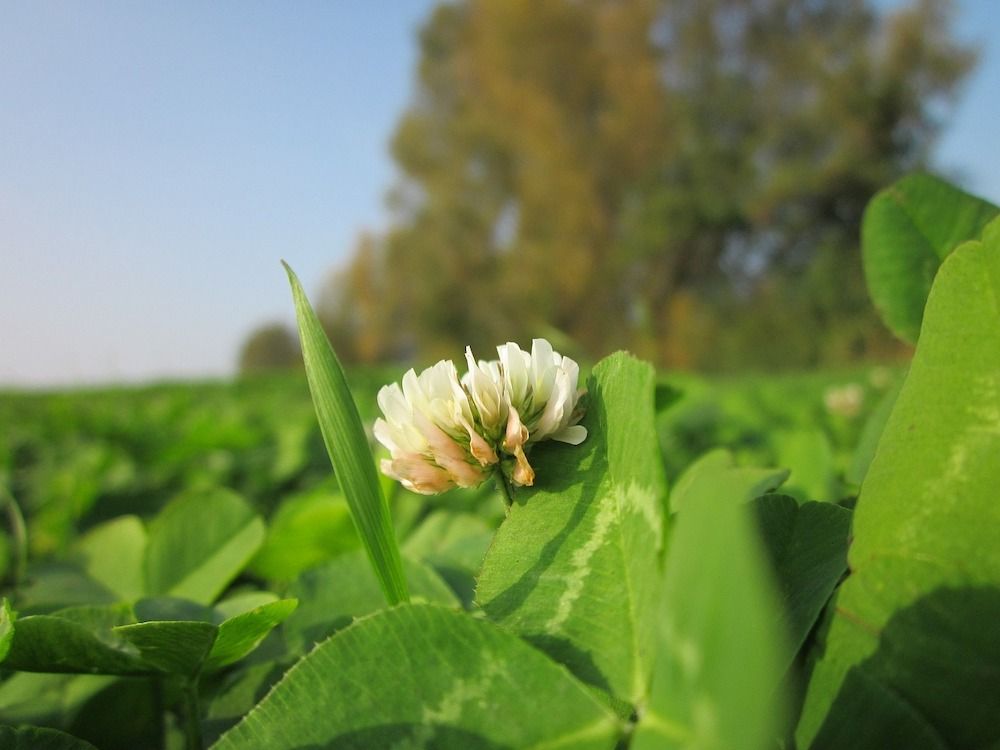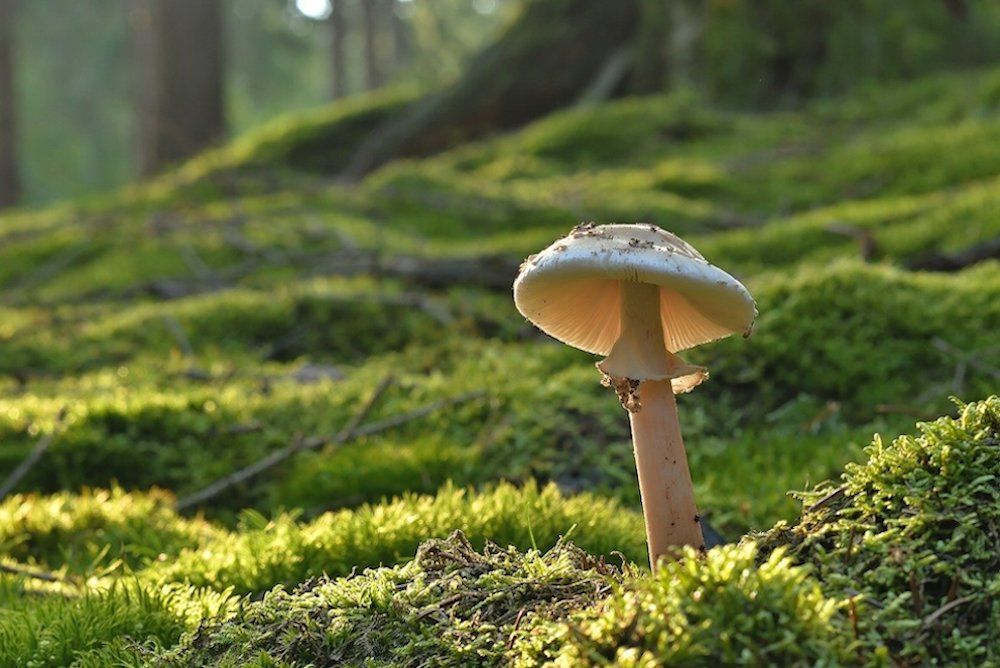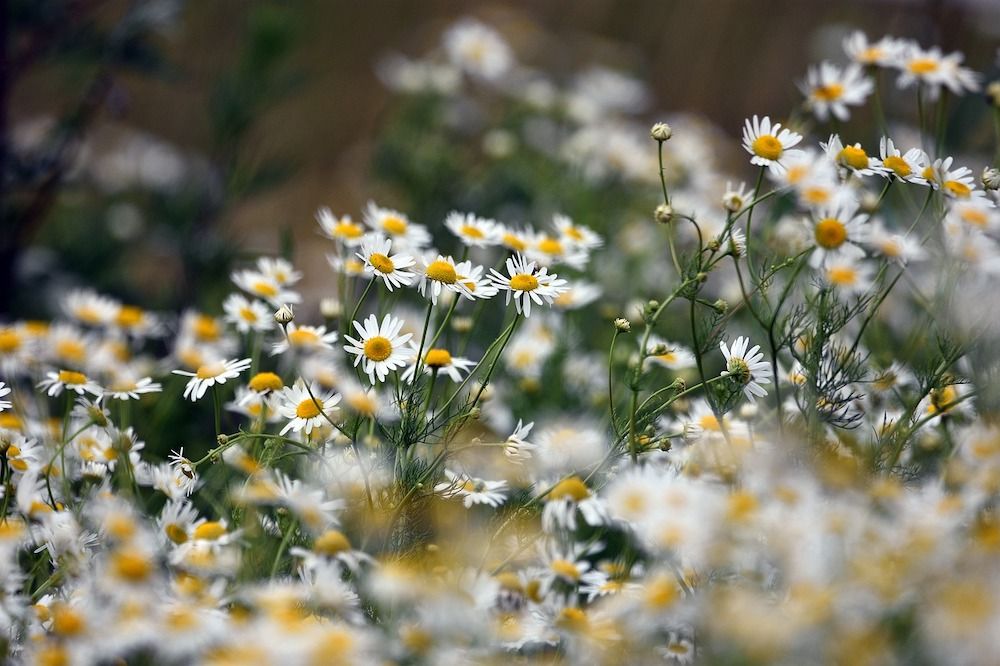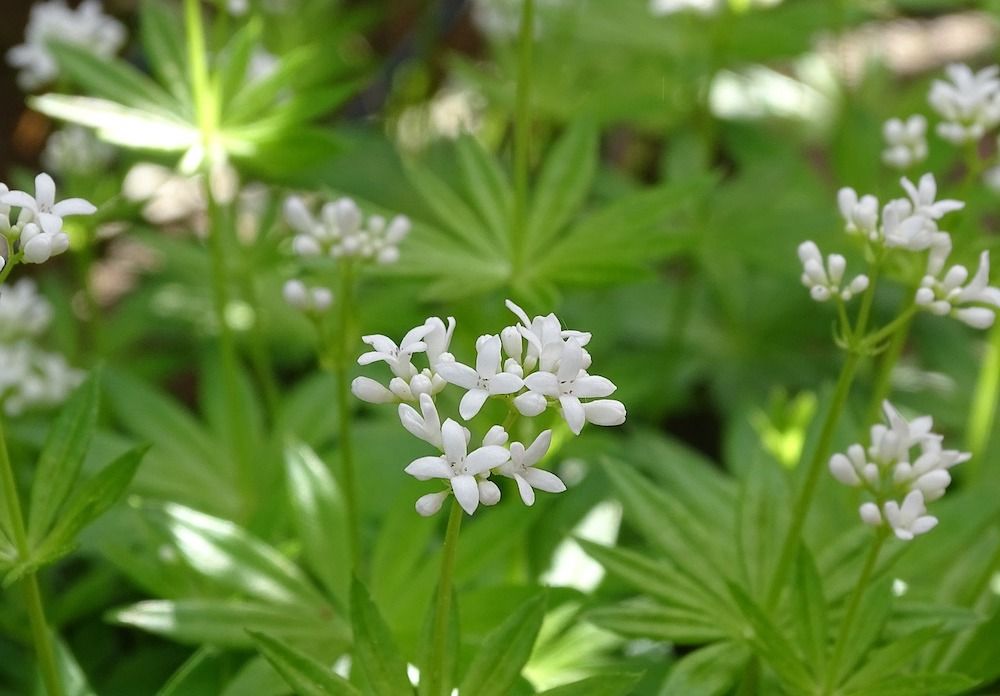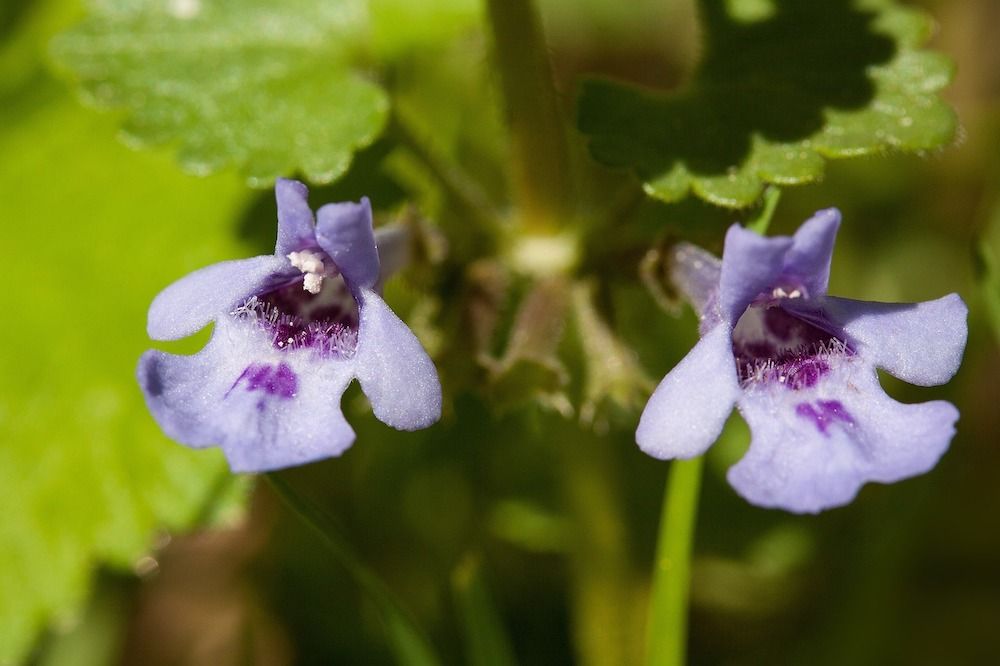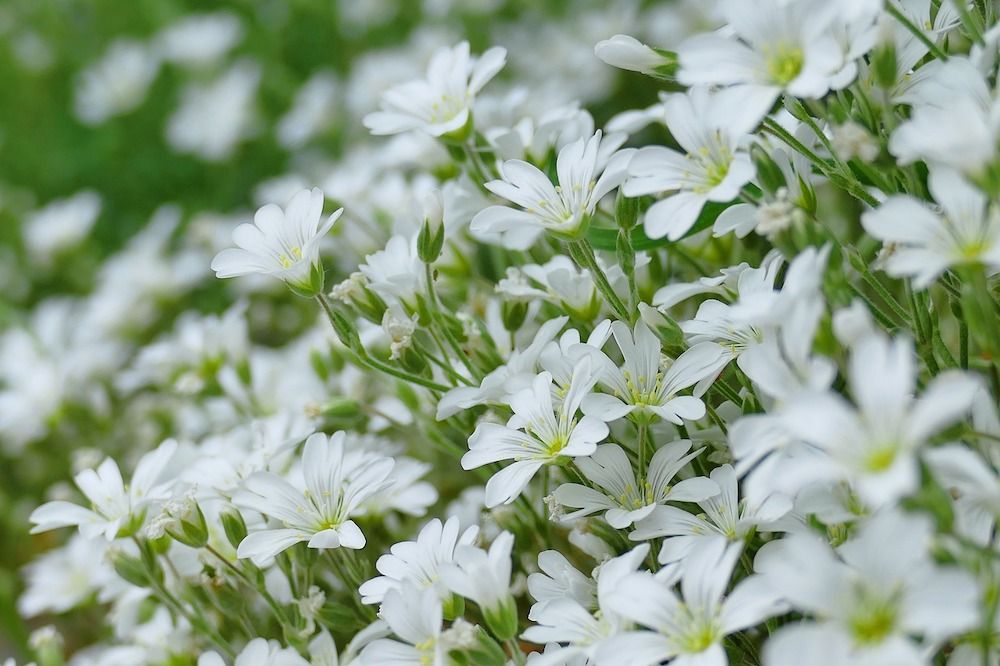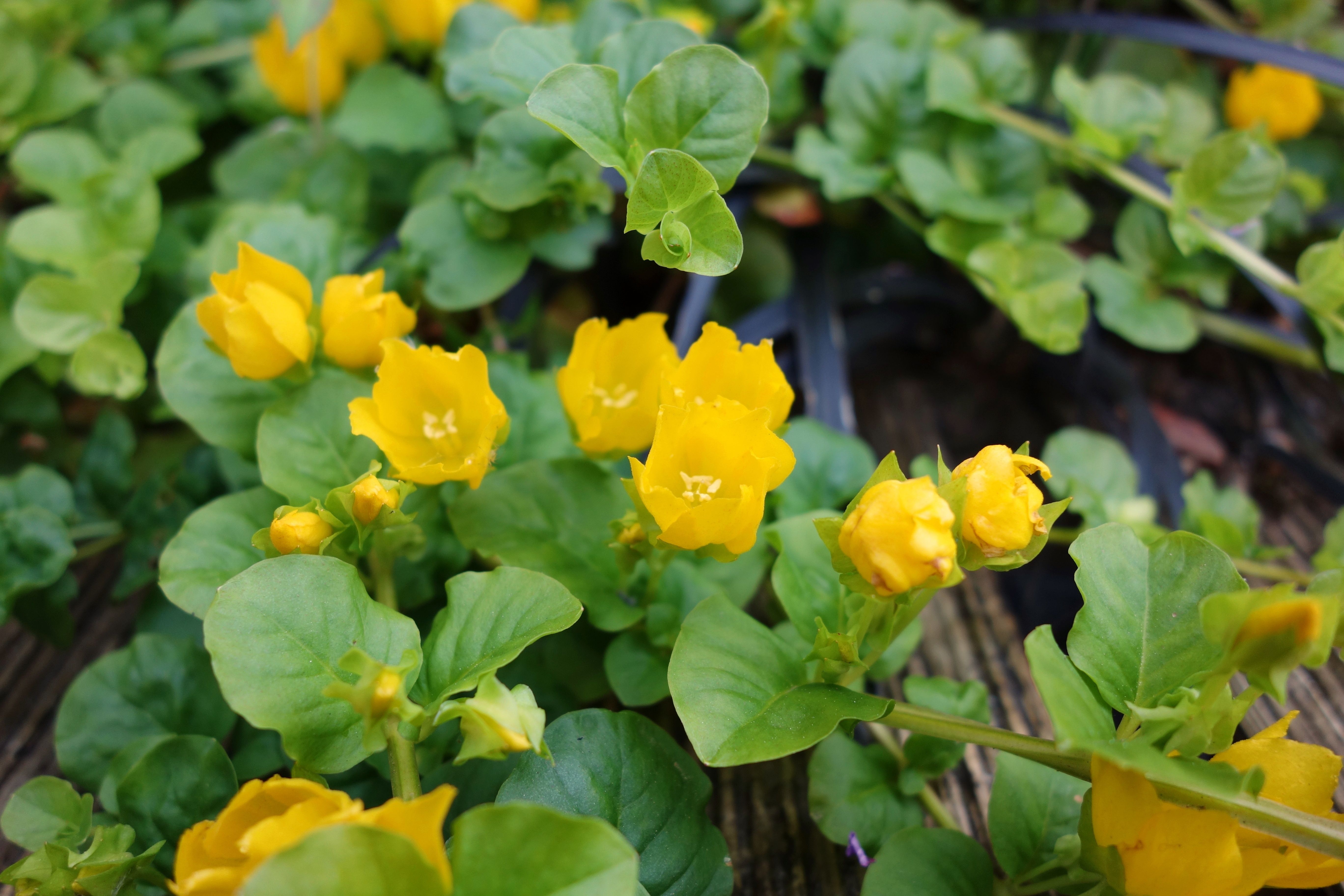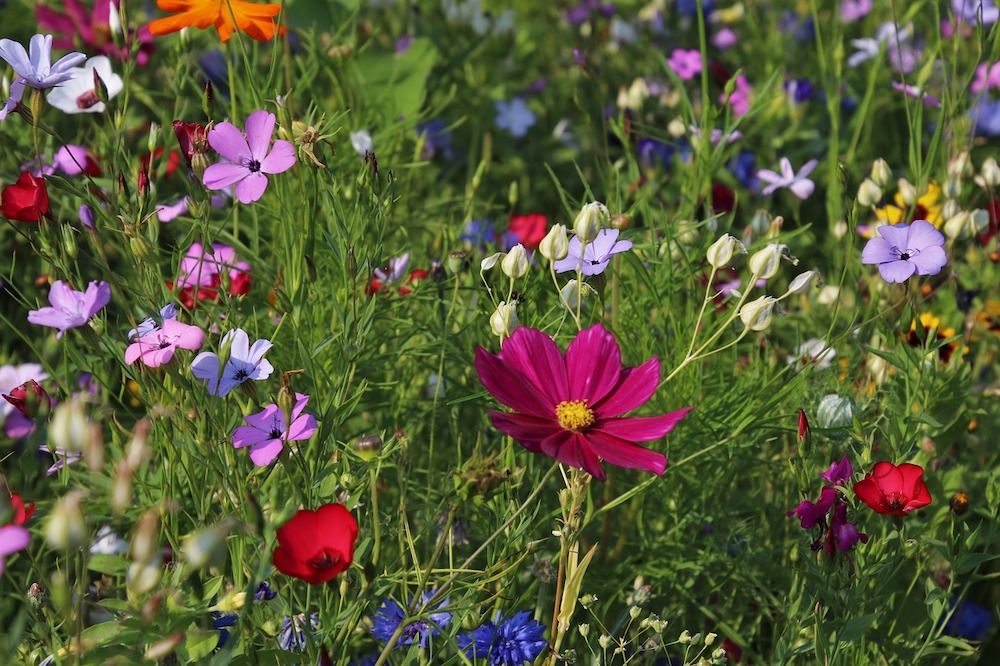Key Takeaways
- Drought-tolerant lawn alternatives require very little irrigation and are ideal for dry climates or water conservation.
- Options like creeping thyme, blue oat grass, and Dutch clover are visually appealing and low-maintenance.
- Consider factors such as watering requirements, light preferences, and mowing needs when choosing a lawn alternative.
Drought-tolerant lawn alternatives offer the opportunity to replace traditional turf grass with low-maintenance ground cover. They require very little irrigation, if any, and are an excellent solution for those living in dry, warm summers or for anyone looking to conserve water.
While drought-tolerant lawn alternatives are more low-maintenance than turf lawns, they are still visually appealing, with plenty of different aesthetic options in color and growth pattern.
Learn all about several different drought-tolerant lawn alternatives and what they bring to the table, with information regarding watering requirements, light preferences, mowing needs, and more.
1 Creeping Thyme as a Lawn Alternative
Water once or twice per month depending on the weather
Creeping thyme (Thymus praecox) is a common ground cover, well-loved for its low-growing and creeping growth habit. The plant features blue-ish leaves with a fuzzy texture and pinkish-purple tubular blooms from summer through fall.
|
Benefits |
Able to withstand foot traffic, attractive to bees and butterflies (making it ideal for a butterfly garden), and deer and rabbit resistant. |
|---|---|
|
Lighting |
Creeping thyme thrives in full sunlight (six or more hours of direct sun per day) |
|
Watering |
Water new plants three to four times per week until they are established (after three to four weeks). After establishment, allow the soil to completely dry between waterings; frequency depends on the weather — around once or twice per month. |
|
Mowing |
Mowing is not necessary, though you may mow once per year after the thyme finishes flowering |
|
Zone |
5a to 8b |
|
Soil |
Well-draining, sandy, or rocky soils. Intolerant of consistently wet, poorly draining soils |
2 Blue Oat Grass Is Low-Maintenance
Water once per week depending on weather
Ornamental grasses, such as blue oat grass (Helictotrichon sempervirens), are low-maintenance and look great all year round. The silvery foliage of blue oat grass and its 2- to 3-foot height make it a unique alternative to regular turf grass.
|
Benefits |
Holds its shape throughout all different weather conditions, clumping growth pattern means it won't spread around without being planted, and no significant pests or diseases apart from suffering from overwatering. |
|---|---|
|
Lighting |
Full sun (over six hours of light per day) to partial shade (two to six hours of light per day) |
|
Watering |
Water new plants every two to four days until they become fully established (after six weeks). After establishment, allow the top 1 inch of soil to dry out and water once per week unless it rains |
|
Mowing |
No mowing necessary, but you can remove dead growth with a rake or cut the plant back before winter if outside the correct zones |
|
Zone |
4a to 8b |
|
Soil |
Well-draining soil is ideal, though the plant is tolerant of heavy clay or sandy soils |
While they can cover plenty of ground, they aren't ideal for foot traffic and should instead be a more decorative option.
3 Dutch Clover Thrives in Any Soil
Water Dutch clover once per week and only mow before the first frost
Dutch clover (Trifolium repens) is ideal for mixing with or completely replacing traditional turf. The mat-forming perennial features a lovely deep green hue that matches many grasses, a mowable growth pattern, and dainty white flower heads from spring through summer.
|
Benefits |
Natural soil fertilizer that eliminates the need for fertilization, attracts beneficial insects such as bees, ideal for heavy foot traffic when mixed with grass, or ideal for low to moderate foot traffic on its own. |
|---|---|
|
Lighting |
Full sun (over six hours of light per day) to partial shade (two to six hours of light per day) |
|
Watering |
Water seeds daily for two weeks until germination, then once per week when established. |
|
Mowing |
Infrequent mowing required — mow about six weeks before the first frost after the plant completes blooming |
|
Zone |
3a to 10b |
|
Soil |
Tolerates different soil conditions, such as clay, loam, and sandy |
Clover leaves, stems, and flowers are edible and ideal for use in teas.
4 Moss Is Earth's Drought Tolerant Carpet
Provide water during heavy droughts or warm periods
Moss, such as Dicranum scoparium, is one of the most similar alternatives to classic turf in terms of its durability and appearance, but it is lower maintenance. Rather than removing moss from your lawn, embrace the springy texture and rich green color and transition to a natural carpet in your yard.
|
Benefits |
Does not require fertilizer to thrive, grows well in difficult conditions (such as rocky terrain or compacted soil), and requires very little irrigation. |
|---|---|
|
Lighting |
Full shade (less than two hours of sun per day) to partial shade (two to six hours of sun per day) |
|
Watering |
For the first four to six weeks of growing, provide water daily in the morning or evening. It can survive on rainwater alone once established, though a soaking of water in the morning during periods of heavy drought and heat is beneficial. |
|
Mowing |
None required |
|
Zone |
3 to 11 |
|
Soil |
Dicranum scoparium prefers sandy soil |
Do not harvest moss from nature, as this can damage the ecosystem. Instead, purchase moss for transplanting from a garden center or nursery.
5 Chamomile Is a Delicate Ground Cover
Only water when the weather is especially hot or dry
Chamomile (Matricaria chamomilla) provides plenty in terms of both functionality and aesthetics. The petite, bright white flowers and vibrant yellow centers provide a lovely coloring to the lawn area, blooming from summer through fall atop a bed of fern-like foliage. Chamomile also adds a beautiful aroma and is a commonly used herb that is said to boost the immune system.
|
Benefits |
High in nutrients that fertilize the soil, ideal for locations with light foot traffic, and has a low-growing, creeping habit. |
|---|---|
|
Lighting |
Full sun (over six hours of light per day) to partial shade (two to six hours of light per day) |
|
Watering |
Water plants once per week until established (after 10 weeks), then only water especially hot or dry periods or when the top inch of soil dries out. |
|
Mowing |
Mowing is not necessary for chamomile lawns. Instead, use shears to cut away any scraggly or unkempt growth after blooming |
|
Zone |
2a to 8b |
|
Soil |
Clay or loamy soil with good drainage |
Some varieties can be toxic to animals, so do your research before making a purchase!
6 Sweet Woodruff Tolerates Foot Traffic
Allow soil to dry out between waterings when planted in shade
Sweet woodruff (Galium odorata) is a fast-growing ground cover that adds dainty, aesthetically pleasing visuals to any space. The broadleaf evergreen features dark green lanceolate leaves whorled around square stems and tiny yet showy white flowers in spring. It is also an edible herb and can handle foot traffic, making it a versatile and multi-functional option for your garden and yard.
|
Benefits |
Weed resistant, forms a dense, creeping ground cover, and has evergreen leaves that add color throughout the year. |
|---|---|
|
Lighting |
Full shade (less than two hours of sun per day) to partial shade (two to six hours of sun per day) |
|
Watering |
Keep soil moist, watering every few days if necessary when newly planted or if planted in partial shade, and allow soil to dry out between waterings when planted in full shade. |
|
Mowing |
Grows up to 1 foot in height, so mowing may be required in high-traffic areas or locations with lawn height limitations |
|
Zone |
4a to 8b |
|
Soil |
Clay or sandy well-draining soil high in organic matter such as compost |
7 Creeping Charlie Prevents Weed Growth
Water when the top 1 inch of soil is dry
While creeping Charlie (Glechoma hederacea) is commonly labeled a weed, and some gardeners want to eliminate it, it is an excellent lawn alternative. Creeping Charlie merges the classic green turf color with a unique hint of color, featuring glossy oval leaves with stunning purple florals (blooming from spring through summer) for a more aesthetically pleasing lawn.
|
Benefits |
Suppresses the growth of other plants, preventing other weeds from infesting your yard, survives well under foot traffic, and spreads quickly in the yard |
|---|---|
|
Lighting |
Full shade (less than two hours of sun per day) to partial shade (two to six hours of sun per day) |
|
Watering |
Water newly planted creeping Charlie twice per week. Once rooted, provide water when the top 1 inch of soil is dry, about every seven to 10 days. |
|
Mowing |
Control growth by mowing to a height of 2 to 3 ½ inches when necessary |
|
Zone |
10a to 11b |
|
Soil |
Loamy or sandy soil |
Keep creeping Charlie out of your garden to avoid a take-over.
8 Snow-in-Summer Is Tolerant of Drought
Provide water once per month when the top 1 inch of soil dries
Cerastium tomentosum, or snow-in-summer, features star-shaped white blooms that flower in spring and summer and frosty green stems that create a snowy appearance on your lawn. Because the plants can grow relatively high (up to 1 foot), they are better suited for pairing with regular turf or other lawn alternatives that handle foot traffic.
|
Benefits |
Attractive to bees, resistant to deer, and tolerant of drought and poor soil. |
|---|---|
|
Lighting |
Full sun (over six hours of light per day) to partial shade (two to six hours of light per day) |
|
Watering |
Water weekly after planting until the snow-in-summer is established (four to six weeks), then water once or twice every month when the top 1 inch of soil is dry, but take the weather into account. |
|
Mowing |
Prune the plant after blooming to control its growth to suit your preferences |
|
Zone |
3a to 7b |
|
Soil |
Well-draining clay, loamy, or sandy soil |
9 Creeping Jenny Is Tolerant of Dry Soils
Water when the top 1 inch of soil dries out
Creeping Jenny (Lysimachia nummularia) is a semi-evergreen perennial with vibrant green, rounded leaves. The plant reaches only 3 inches in height, growing in a creeping pattern that effectively replaces regular turf lawns. In summer, creeping Jenny produces golden yellow cup-shaped flowers, adding a touch of whimsy to the lawn.
|
Benefits |
Handles moderate foot traffic, tolerant of slopes and rocky soils, and though it prefers moist conditions, it is tolerant of dry soils and drought. |
|---|---|
|
Lighting |
Full sun (over six hours of light per day) to partial shade (two to six hours of light per day) |
|
Watering |
Water newly planted creeping Jenny daily until established (about one month). Once established, water when the top 1 inch of soil dries out. |
|
Mowing |
No mowing required |
|
Zone |
3a to 8b |
|
Soil |
Tolerant of a variety of soil conditions, including clay, sandy, or loamy |
10 Native Perennials Are Low-Maintenance
A plethora of options for year-after-year color
While there is something to be said about the beauty of a minimal green lawn, it is a lot more work than some might desire. Instead, opt for a field of florals to add dimension and color to your space. Drought tolerant perennials or wildflowers are the way to go, especially if you want to keep things low-maintenance. Just a few options include:
- Foxglove
- Lilyturf
- Hostas
Growing flowers in place of a regular turf lawn boasts a couple more benefits as well:
- Perennials, which come back each year, are great for filling in large, empty spaces, keeping the turf to a minimum.
- They don't require much attention in terms of mowing and are a versatile option for any space.
While most plants aren't ideal for foot traffic, there is something incredibly joyful about frolicking through a field of flowers!
Low-maintenance, drought-tolerant lawn alternatives conserve water and time, requiring little time and attention. When replacing turfgrass with one of these options, consider the light, water, and general maintenance, such as mowing, that you can provide.
As a bonus, these lawn alternatives are a unique, eye-catching addition to your yard, boosting its curb appeal and making it stand out among the crowd of green!
Know someone who is looking to minimize their turf lawn or replace it altogether? Share what you learned about these budget-friendly, eco-conscious, and time-saving options.


